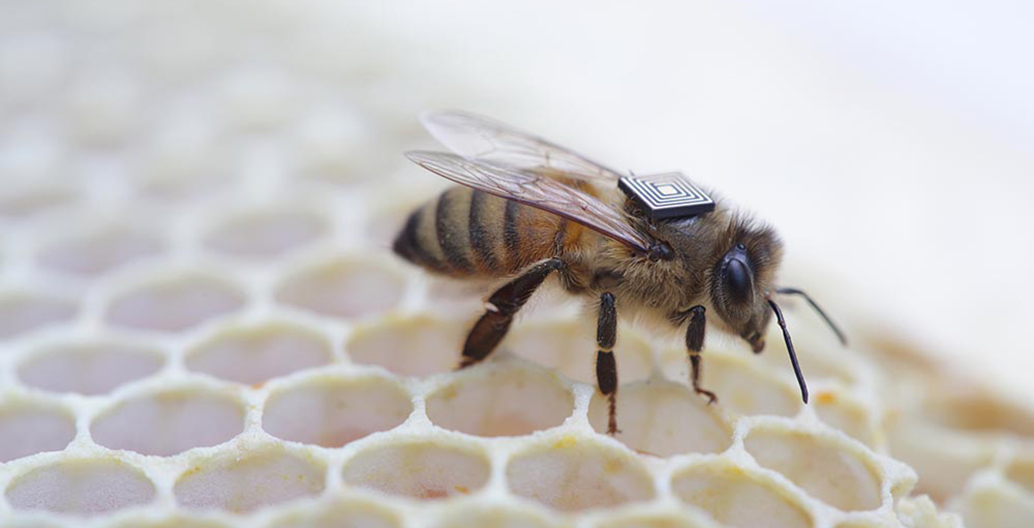
CSIRO to turn 280 hectares of Sydney into testing ground for urban innovation
The CSIRO is planning an “Urban Living Lab” for Sydney Science Park that will use the $5 billion, 280-hectare development for urban research and development in the “real world”.
CSIRO, Australia’s federal government agency for scientific research, and Celestino, a property developer, have announced a joint initiative to develop and test urban research and technology in the “real world” of the city. Called the Urban Living Lab, it will operate at the Sydney Science Park, a new development set over 280 hectares in Sydney’s west, that will also serve as a testing ground for the lab’s research.
Research topics under consideration include the impact of urban greening on local temperatures, changes in energy and water demand, smart water systems that provide different classes of water for different uses, as well as the disruptive role of information technology on urban structure, industry development and community connectivity.
According to principal research scientist Simon Toze, the initiative aims to provide a fully-formed systems approach that considers sustainable physical infrastructure and community well-being as interconnected.
“If we are going to grow more trees to reduce the urban heat island effect and therefore lower energy consumption and improve living standards, we will need more water. But how are we going to do that in water-constrained conditions? We can capture and treat stormwater and sewage water to deliver back to the trees onsite. In this way, water harvesting, tree planting, energy conservation and community well-being is understood as all part of the one system,” he told Foreground.
Technology will play a key role in this research. “Digital technology allows us to make better use of sensors, so that we can take in and process much more data. With recent increases in machine learning, we can start to then pick apart all the information and look for causes and factors that we might have missed.”
In addition to testing how things work under normal conditions, researchers will deliberately make things fail in a bid to understand what happens when things go wrong. Looking for pre-emptive solutions to threats of cyber vandalism and cyberterrorism is crucial to preventing situations where people’s lives could be in danger.
“We don’t want people trapped in buildings that somebody has taken over for a lark. Those are the sort of things that need to be tested because technology may be very good while it works but we need to know what the consequences are when it fails,” Toze said.
Just as new medicines, new food products and new consumer goods need to be tested and retested to ensure they are safe, so too new smart infrastructure needs to be tested.
“That way,” continued Toze, “when Westfield or another developer wants to come in and put a piece of urban technology into their development, the local council and state government know it has been tested, it is rigorous and we have pushed it to its limits.”
One example of how smart technology will be researched includes air conditioning that geo-locates its owner, and powers-up when the owner is minutes away (reducing the pre-programmed 6pm energy grid spike). Another is how toilet sensors can tell if you need more protein or certain vitamins, potentially feeding that through to a smart fridge that can make a recommendation the next time you’re shopping. Then there’s smart water usage that supplies drinking water when you’re home but switches to rainwater when you’re out so that the washing machine can do its job.
Addressing one of the more contentious future scenarios, Toze said that the Urban Living Labs will also study how automated vehicles will function in future cities.
“A lot of our urban roads are constructed with the idea that they take heavy traffic like buses and garbage trucks. We could change that significantly by deploying smaller robotic vehicles going around the suburbs constantly picking up rubbish, or transferring residents from their homes to the outsides of the suburb onto a main road where the heavy traffic of the buses and garbage trucks comes to,” he said. But there may be a price that comes with all this convenience, Toze concedes. “We need to test whether human behaviour will stop us from walking down to the shops or to the mailbox to put the mail in when an autonomous vehicle is always there to transfer us.”
Importantly, CSIRO’s role is not one of recommending this technology or that. Rather its role is to test and explore different technologies and to provide better information for those making decisions. For Toze, it is up to society to determine the type of technologies they want to see in their communities.
“We don’t set the regulations but we provide information for governments to make informed decisions. Some ideas, such as modular housing, need to be tested because while developers may want to embark on new development ideas, they are often stymied by regulations. The regulators want to see things move forward but they don’t have enough information to approve, or not, some of these innovations. We are there to provide a bridge between developers and regulations, to allow us to advance faster than what has been happening.”
For now, all eyes are on the ambitious plans for Sydney Science Park to see how smart technology shapes up in real world conditions. A second lab is already under discussion in Ginninderra, Canberra.


